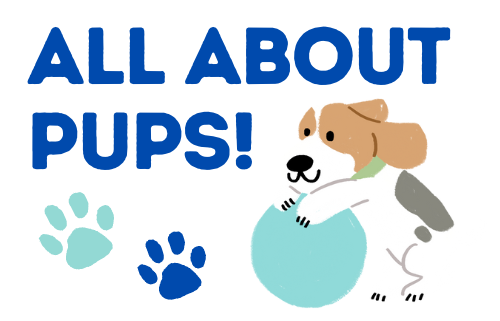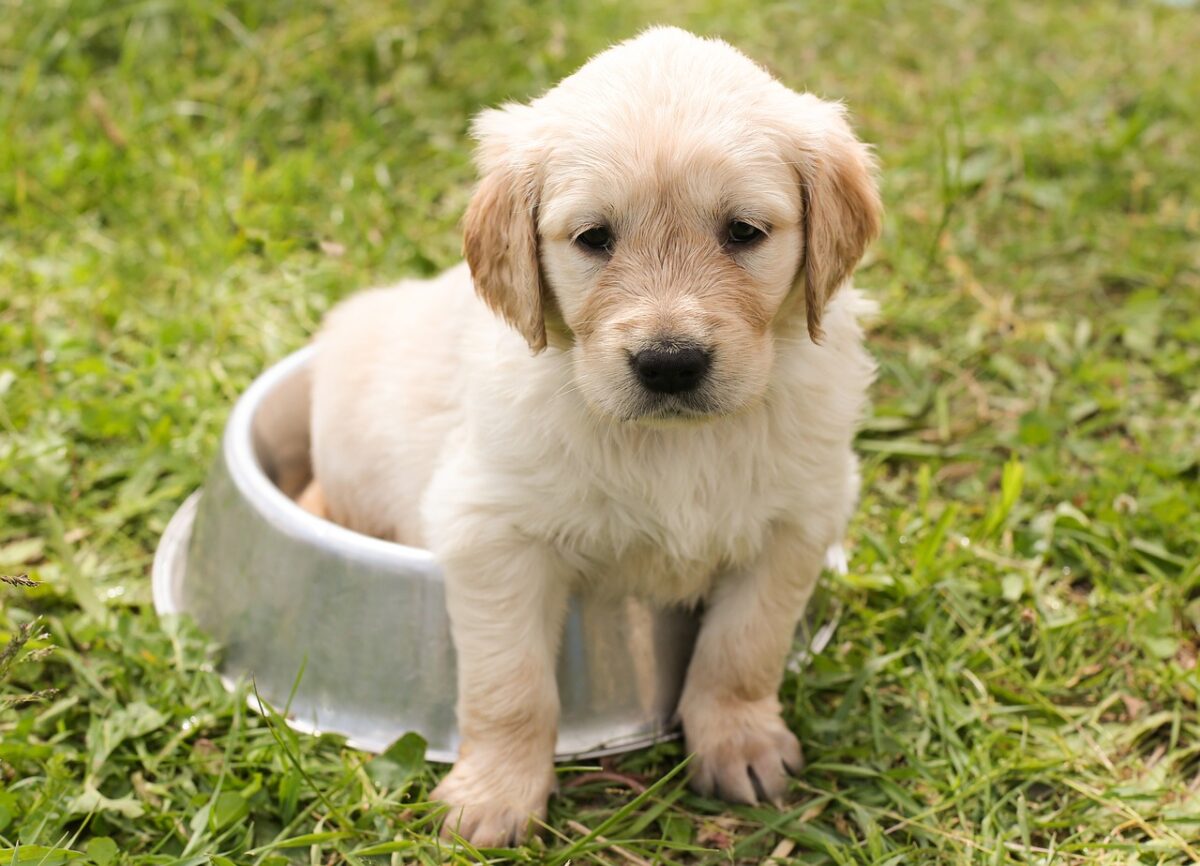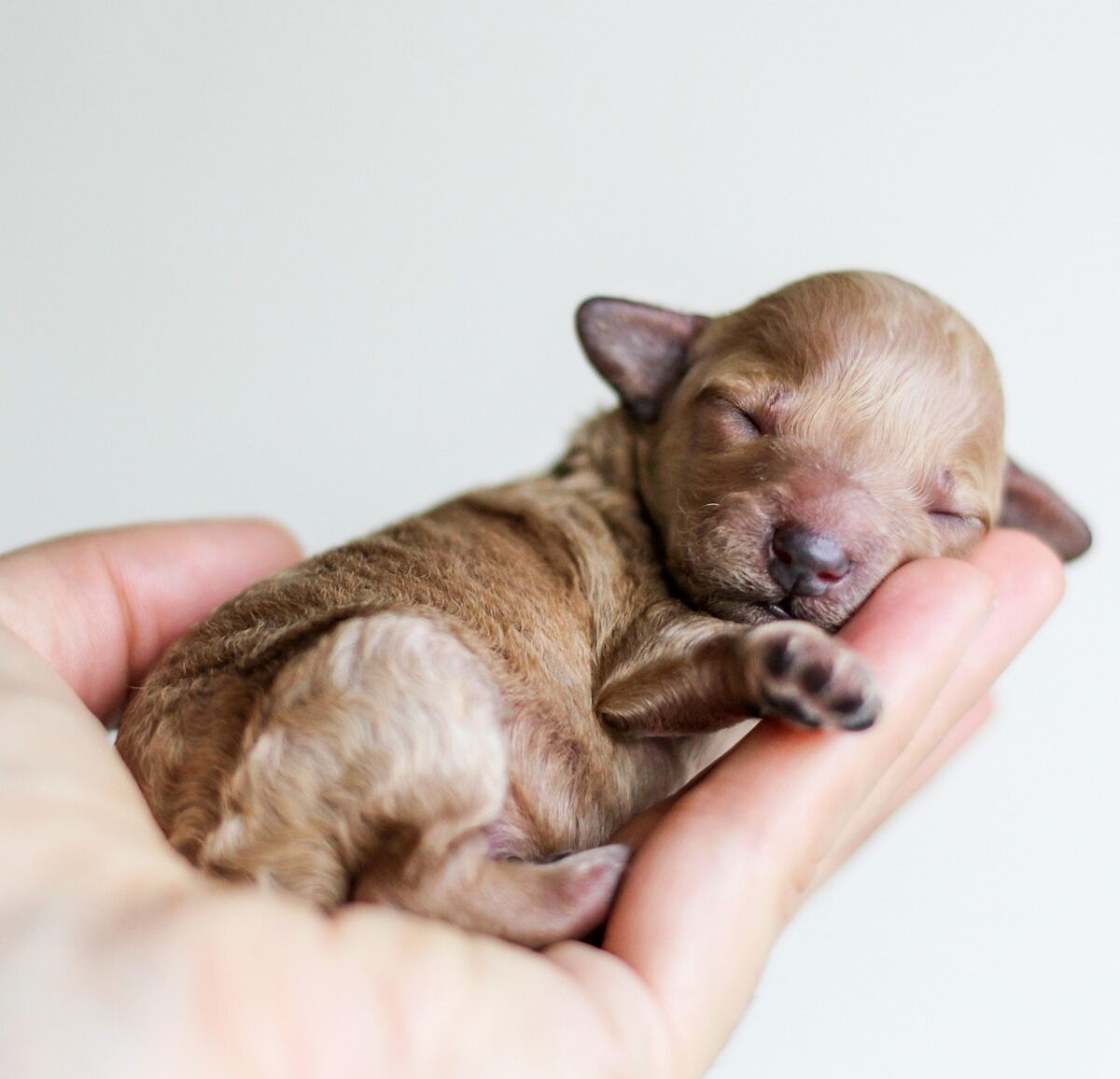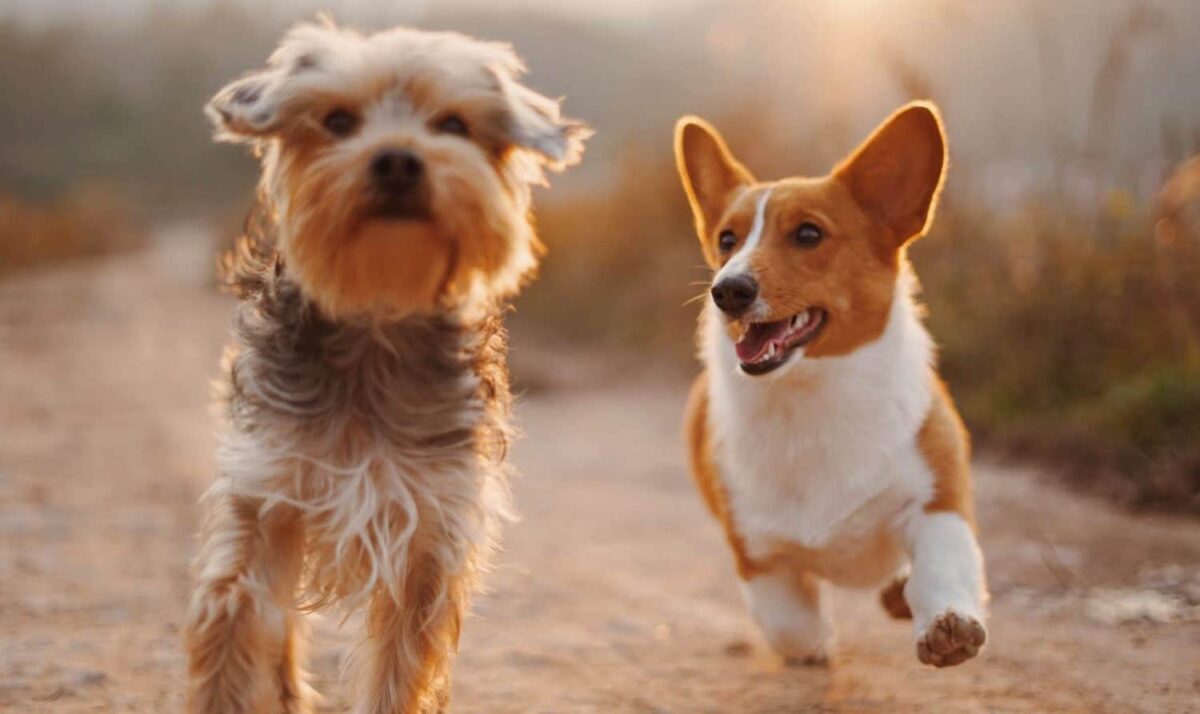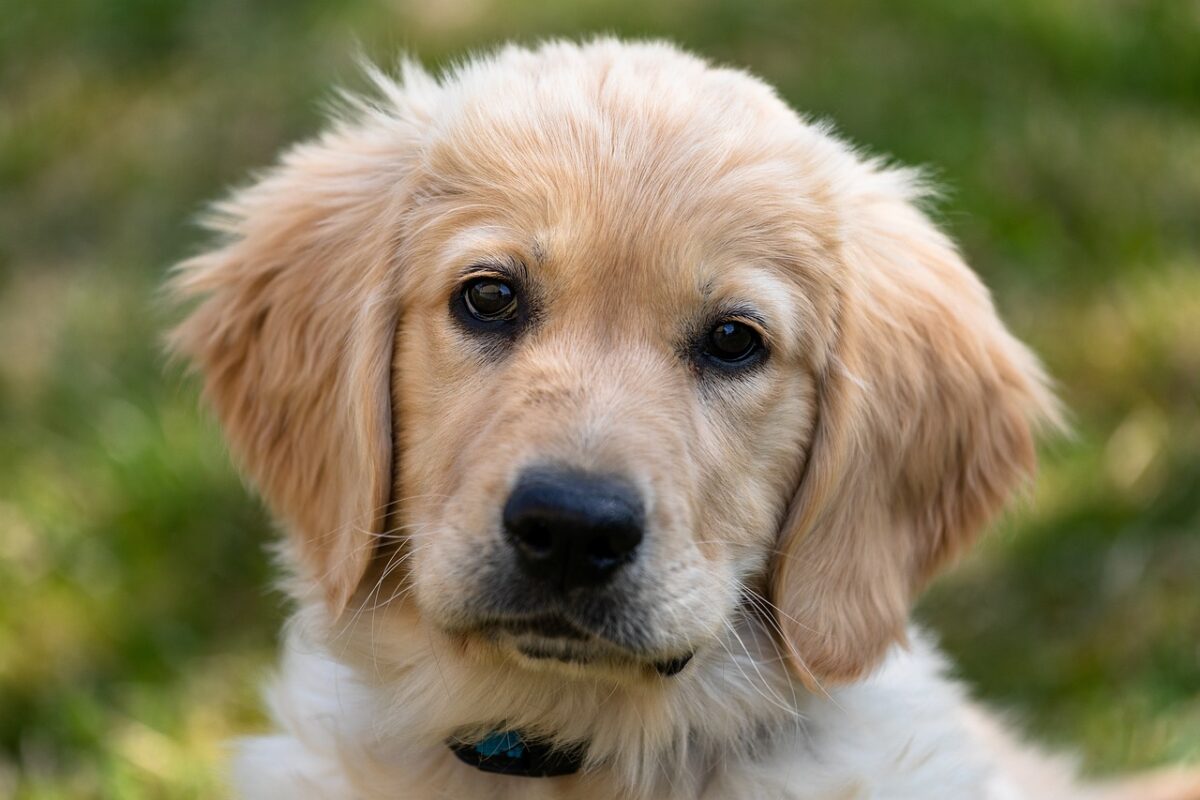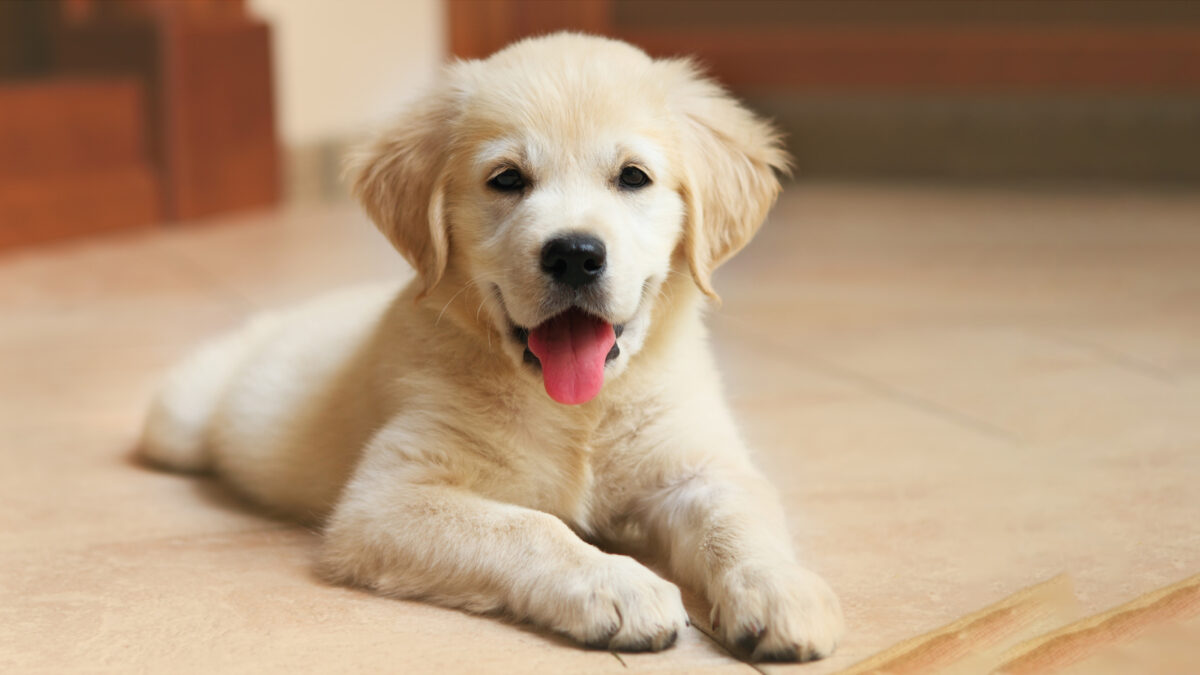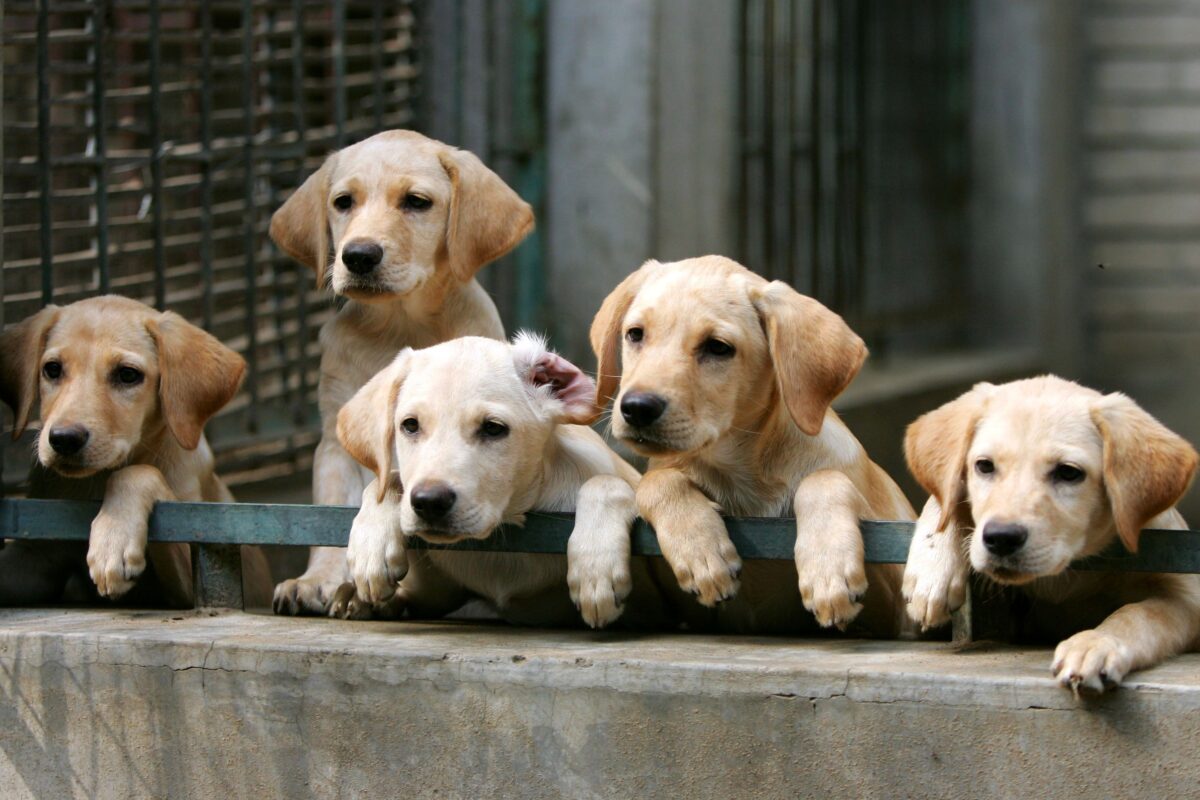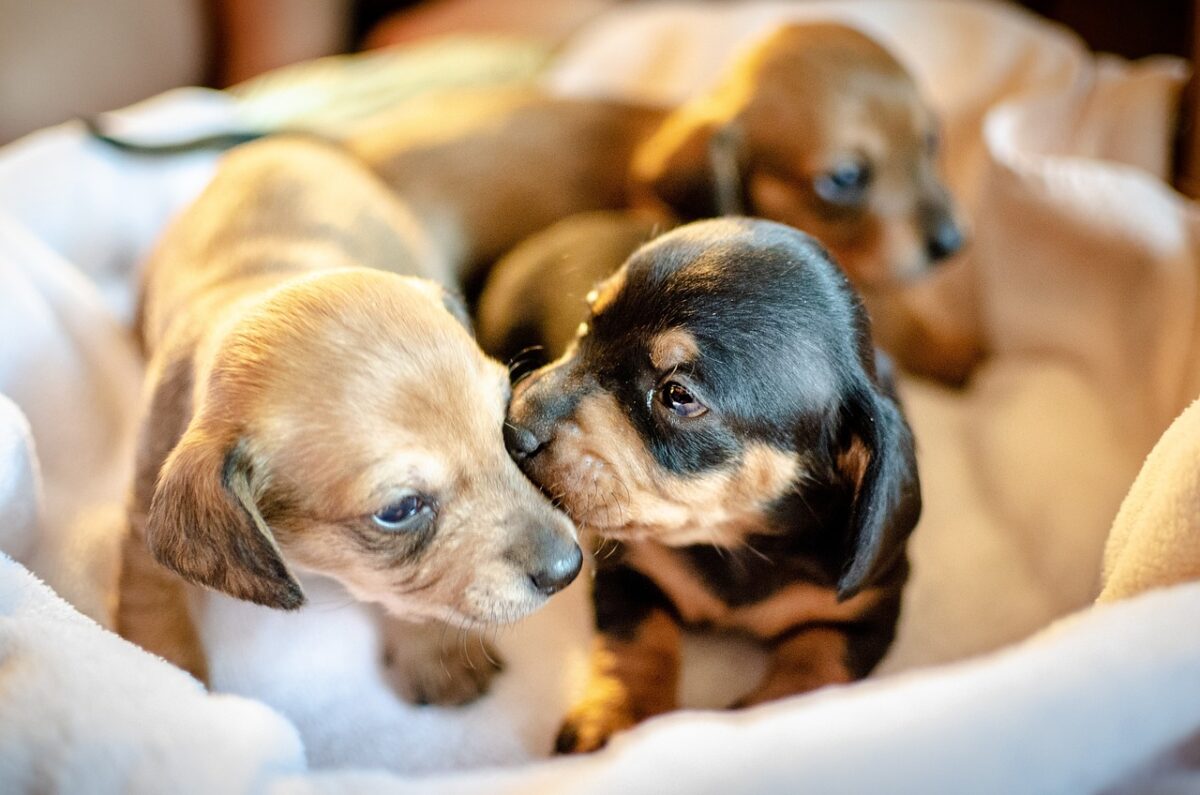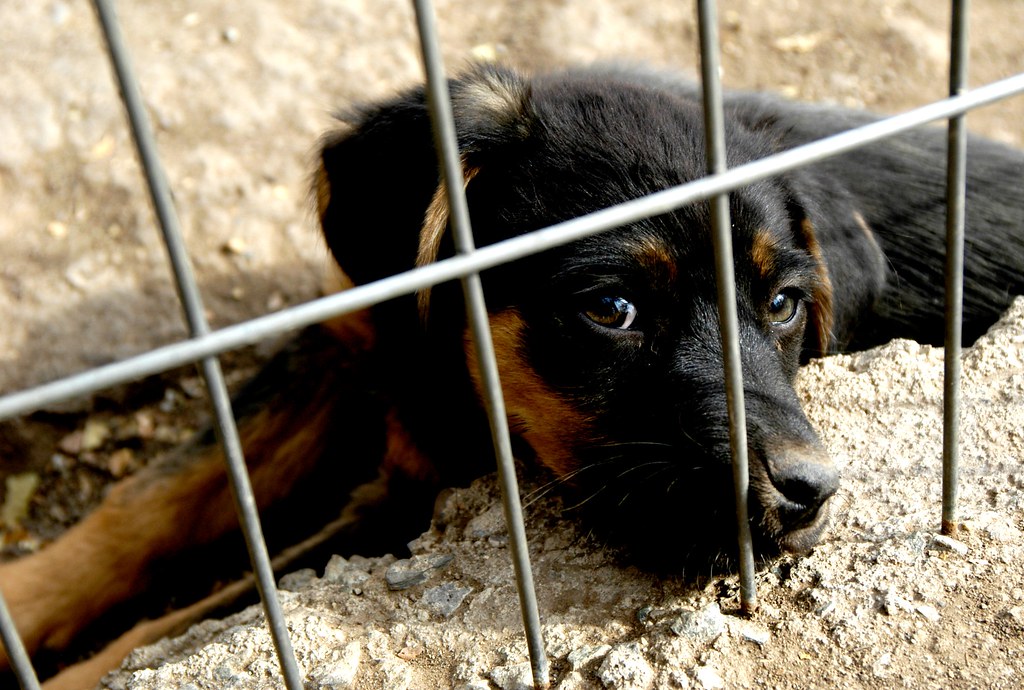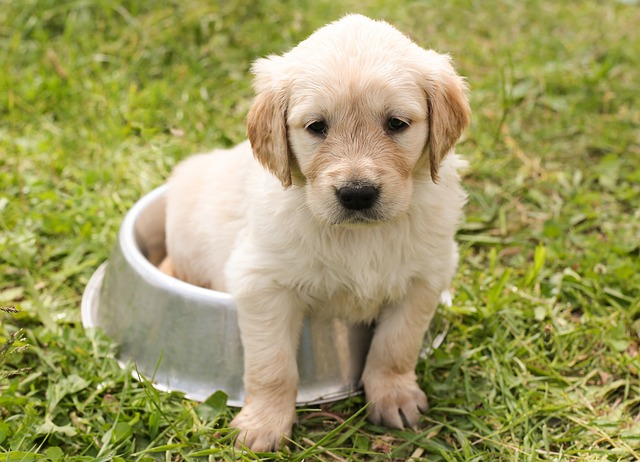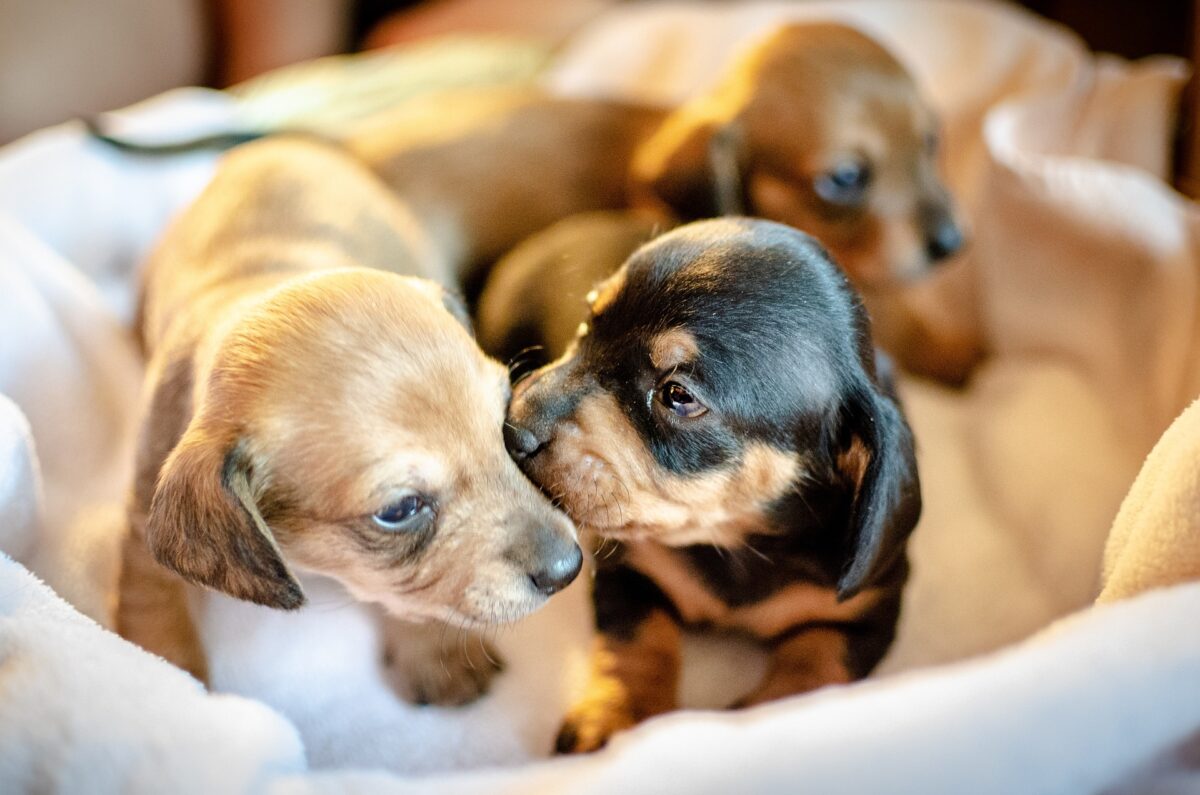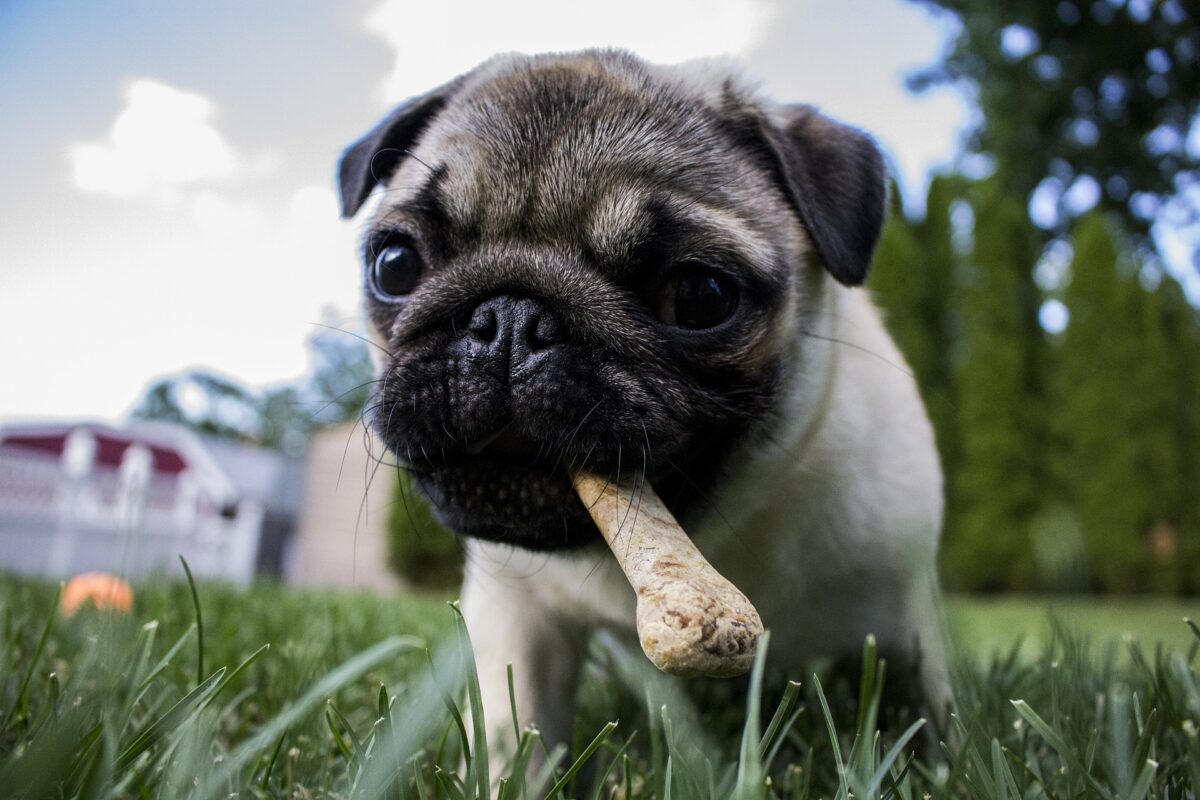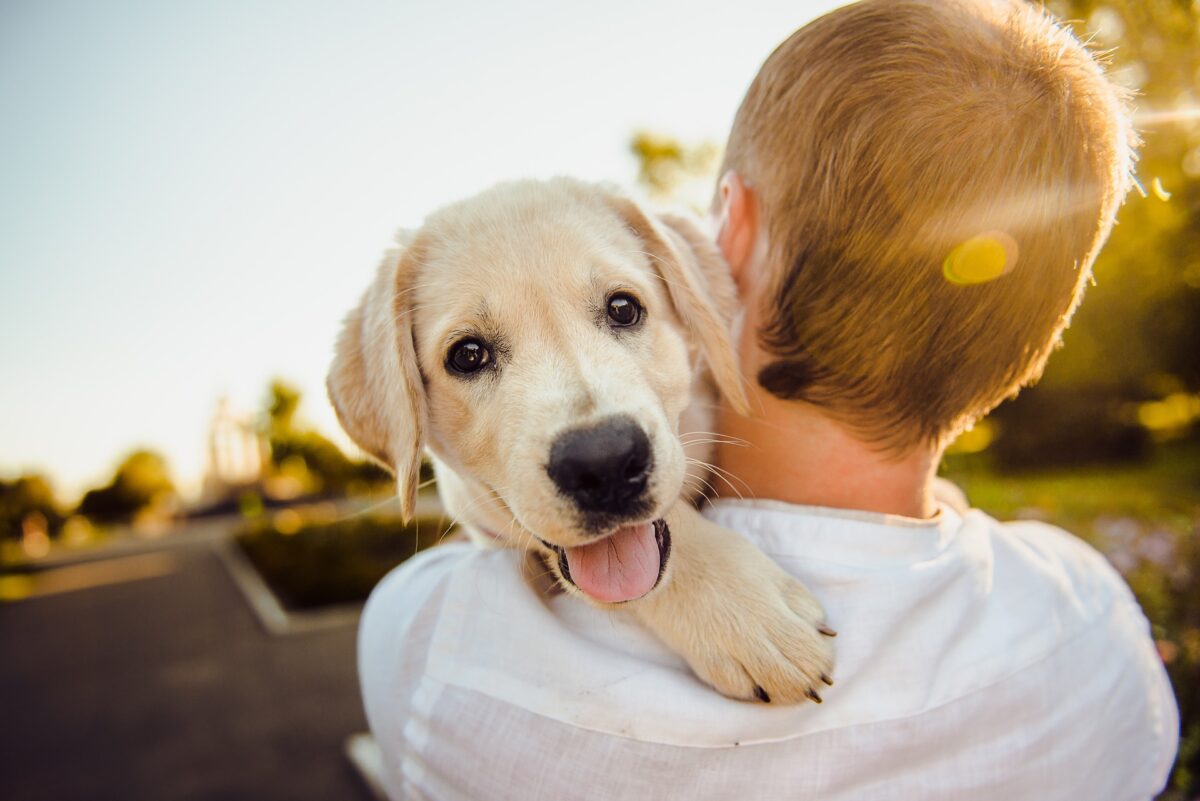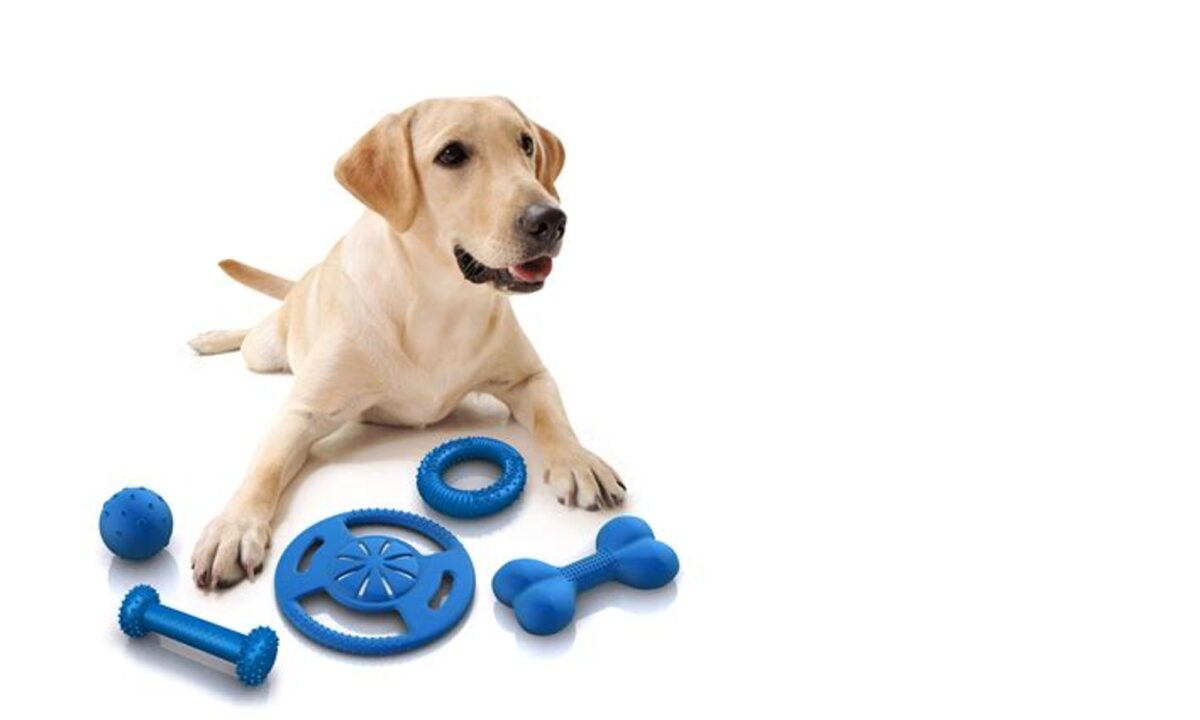Puppy Growth Week By Week Pictures
Introduction
Week By Week Pictures For Puppy Growth – Complete Guide
Are you ready to embark on an exciting journey filled with adorable moments five puppies and heart-melting transformations of many puppies? If so, get your camera ready because we’re about to dive into the captivating world of puppy growth week by week pictures featuring weeks puppies and two week old puppies.
There’s something undeniably magical about watching weeks-old puppies grow rapidly into majestic canine companions. And what better way to document this incredible process than through stunning visual storytelling? Puppy growth week by week pictures have become a popular trend among dog lovers, allowing them to track and share the development of their many puppies in an engaging and memorable way.
Imagine capturing those precious moments as your six week old puppies take their first wobbly steps, discovers the joy of playtime, and grows into their paws. These captivating snapshots not only serve as a testament to your pups’ growth but also create lasting memories that you can cherish for months to come. Find a reputable breeder to ensure the best experience for you and your furry friends.
Photography has the power to freeze time, preserving each major milestone and emotion in a single image. From those adorable puppy eyes that melt your heart to the hilarious antics of old puppies that make you laugh out loud – every picture tells a unique story.
So, are you ready to show off your pups’ incredible journey? Join us as we delve into the world of puppy growth at different months of age and unlock the secrets behind capturing these priceless moments. Get ready for an adventure filled with cuteness overload as your pups transform from tiny bundles to pounds of pure joy!
Understanding the Different Stages of Puppy Development
Gain insights into the various stages of a puppy’s development, from newborn to adulthood.
Puppies go through several distinct stages of development as they grow from tiny newborns, or foetuses, into fully-grown adults. Understanding these puppy development stages can provide valuable insights into your puppy’s needs and behaviors at each phase, including during the litter period and as they gain weight over the months. Let’s take a closer look at the different puppy development stages.
Neonatal Stage (0-2 weeks): During this stage, puppies are completely dependent on their mother for nourishment and care. They are born with their eyes and ears closed, relying on touch and scent to navigate their surroundings. Their primary activities at this stage include nursing, sleeping, and gaining weight.
Transitional Stage (2-4 weeks): As puppies start opening their eyes and ears, they become more aware of their environment. They begin to wobble around and explore their surroundings with cautious curiosity. This is also when they start transitioning from milk to solid food, gradually weaning off their mother’s milk.
Socialization Stage (3-14 weeks): The socialization stage is crucial for a puppy’s emotional well-being and behavior later in life. It is during this period that puppies learn how to interact with other dogs, animals, humans, and various stimuli in their environment. Positive experiences during this time help shape a confident and well-adjusted adult dog.
Juvenile Stage (3-6 months): This stage marks the onset of adolescence in puppies. They experience rapid growth physically and mentally while testing boundaries along the way. Puppies may exhibit increased independence while still requiring guidance in terms of training and socialization.
Adolescent Stage (6-18 months): During adolescence, puppies continue to grow both physically and emotionally but at a slower pace than before. This is often considered the “teenage” phase, where puppies may display challenging behaviors such as stubbornness or selective listening. Consistent training and patience are crucial during this stage.
Adulthood (1 year and beyond): By the time a puppy reaches adulthood, they have typically stopped growing physically. However, their mental development continues throughout their life. Adult dogs have established their personalities and behavior patterns but can still learn new skills and adapt to changes in their environment.
Learn about the physical and behavioral changes that occur during each stage of a puppy’s growth.
Each stage of a puppy’s growth, spanning several months, brings about specific physical and behavioral changes. Let’s delve into what you can expect during each developmental phase, from the beginning to the end.
Neonatal Stage: Newborn puppies are incredibly fragile and rely on their mother for warmth, nutrition, and stimulation to eliminate waste. They are unable to regulate their body temperature independently, so it is essential to provide a warm environment for them.
Transitional Stage: Puppies start developing teeth during this stage, leading to increased mouthing behavior as they explore the world around them. They also begin walking more confidently and engaging in play with littermates.
Socialization Stage: This is a critical period for socializing puppies with other dogs, animals, people, sights, sounds, and experiences they will encounter throughout their lives. Positive interactions at this stage help shape a well-rounded adult dog who is comfortable in various situations.
Juvenile Stage: During this stage, puppies experience significant growth spurts as they develop muscle mass and bone structure. Their energy levels may increase dramatically as they become more active and playful.
Adolescent Stage: Hormonal changes occur during adolescence, which may lead to behavioral challenges such as marking territory or increased independence-seeking tendencies. Consistent training methods combined with positive reinforcement can help navigate through these challenges effectively.
Adulthood: Physically mature, adult dogs have reached their full size and strength. Their behavior becomes more consistent and predictable as they settle into their personalities. However, ongoing mental stimulation and regular exercise are essential to maintain their overall well-being.
Understand how understanding these stages can help you provide appropriate care and training for your furry companion.
By understanding the different stages of puppy development, you can tailor your care and training methods to meet your furry companion’s specific needs at each phase. Here’s how this knowledge can benefit both you and your puppy:
Meeting developmental milestones: Knowing what to expect at each stage allows you to monitor your puppy’s progress and ensure they are meeting important developmental milestones. This awareness helps identify any potential issues early on, allowing for timely intervention if necessary.
Adapting training techniques: Different stages require different training approaches.
Golden Retriever Puppy Growth Chart
Are you a proud owner of a golden retriever puppy? If so, it’s important to keep track of your furry friend’s growth and development. With the help of a comprehensive growth chart specifically designed for golden retriever puppies, you can easily monitor their progress as they grow week by week.
Access a Comprehensive Growth Chart
One of the best tools available for tracking your golden retriever puppy’s growth is a dedicated growth chart. This handy resource outlines average weight and adult height and milestones at different ages, allowing you to compare your pup’s progress to the breed standard. By having access to this information, you can ensure that your furry companion is growing at a healthy rate.
Understanding Influencing Factors
Several factors can influence the growth rate of golden retrievers. Genetics play a significant role in determining how big or small your puppy will become as an adult. Nutrition also plays a crucial part in their development, as providing them with a well-balanced diet ensures they receive all the necessary nutrients for optimal growth. Regular exercise is vital too, as it helps build strong muscles and promotes overall health.
By understanding how factors such as the puppy development stage affect your golden retriever’s growth, you can make informed decisions about their care and ensure they reach their full potential while staying within healthy parameters.
Using the Growth Chart as a Reference
The golden retriever puppy growth chart serves as an essential reference tool throughout your pup’s journey from tiny fluffball to majestic doggo. By regularly checking their weight and height against the chart, you can identify any potential issues early on. If your puppy seems to be lagging behind or growing too quickly compared to the average measurements provided in the chart, it may be worth consulting with a veterinarian.
Regular monitoring using the growth chart is crucial during the puppy development stage. It allows you to stay proactive in addressing any concerns promptly, giving you peace of mind knowing that your beloved companion is developing appropriately.
Expectations at Each Stage
As your golden retriever puppy grows, there are specific milestones you can expect at each stage. These stages include the newborn phase, the first few weeks, the next few months, the first birthday, and subsequent months. By staying informed about what to expect during these periods, you can provide female dog with the necessary care and support for their growth.
During the newborn phase, puppies are tiny and completely dependent on their mother for nourishment. However, as they grow older, they become more active and start exploring their surroundings. They develop sharp senses and begin teething.
In the subsequent months, your puppy’s growth becomes more noticeable. They will gain weight rapidly and experience significant changes in their appearance. Their coordination improves, allowing them to run and play with enthusiasm.
By understanding these growth milestones, you can ensure that your golden retriever puppy is progressing as expected while enjoying every moment of their journey.
So if you’re a proud owner of a golden retriever puppy and want to keep track of their growth week by week, make sure to access a comprehensive growth chart designed specifically for golden retrievers. By understanding how genetics, nutrition, exercise, and other factors influence your pup’s development compared to breed standards, you can ensure they’re growing within healthy parameters. Stay informed about what to expect at each stage of their growth journey so that you can provide the best care possible for your beloved furry friend.
Remember that every puppy is unique in its own way; however, having a reliable reference like a growth chart allows you to monitor their progress closely while enjoying the precious moments together!
Tracking Your Puppy’s Growth: A Comprehensive Guide
Step-by-Step Methods for Accurately Measuring and Tracking Your Puppy’s Growth
Measuring and tracking your puppy’s growth week by week is an exciting way to monitor their development. By following these step-by-step methods, you can ensure accurate measurements and keep a record of your furry friend’s progress.
Choose a Consistent Measurement Method: To track your puppy’s growth effectively, it is important to use the same measurement method each time. Whether you opt for a measuring tape or a ruler, stick to one tool throughout the process.
Record Weight: Weighing your puppy regularly is crucial for understanding their growth rate. Use a reliable scale designed for pets and note down the weight in pounds or kilograms. This information will help you identify any sudden changes that may require veterinary attention.
Measure Height: Determining your puppy’s height allows you to gauge their size as they grow older. Measure from the ground up to the highest point on their shoulder blades using a measuring tape or ruler. Record this measurement consistently alongside their weight.
Assess Body Condition Score (BCS): The body condition score provides insights into your puppy’s overall health and body composition. It involves evaluating factors such as ribs, waistline, and muscle tone. Refer to a BCS chart provided by veterinarians or reputable sources to accurately assess your pup’s condition.
Useful Tips on Recording Measurements Consistently
Consistency in recording measurements ensures reliable data collection over time, allowing you to observe patterns in your puppy’s growth more effectively. Here are some tips to help you maintain consistency:
Use the Same Time of Day: Choose a specific time of day when measuring your puppy’s weight and height so that external factors like meals or exercise do not influence the results.
Take Multiple Measurements: To minimize errors, take multiple measurements and calculate an average. This helps account for any slight variations that may occur due to movement or positioning.
Keep a Dedicated Section: Create a dedicated section in a notebook or use a digital spreadsheet to record your puppy’s measurements consistently. This will make it easier to track their growth trends over time.
Understanding the Importance of Tracking Metrics for Health Monitoring
Tracking various metrics such as weight, height, and body condition score is crucial for monitoring your puppy’s overall health and development. Here’s why each metric matters:
Weight: Monitoring your puppy’s weight allows you to ensure they are growing at a healthy rate. Sudden weight gain or loss can indicate potential health issues that need attention.
Height: Tracking your puppy’s height provides insights into their size as they mature. It helps determine whether they are reaching expected milestones and ensures proper growth.
Body Condition Score: Assessing your puppy’s body condition score helps you evaluate their muscle tone, fat distribution, and overall fitness level. It assists in identifying any changes that may require adjustments in diet or exercise.
Interpreting Growth Trends and Identifying Potential Issues
By tracking your puppy’s growth week by week, you can identify growth trends and potential issues early on. Here are some key points to consider when interpreting their growth patterns:
Steady Growth: A consistent increase in weight and height indicates healthy development. If your puppy maintains steady growth over time, it generally signifies good overall health.
Sudden Changes: Abrupt spikes or drops in weight could be red flags for underlying health problems such as parasites or nutritional deficiencies. Consult with your veterinarian if you notice significant deviations from the expected growth pattern.
Comparison with Breed Standards: Research breed-specific growth charts or consult reputable sources to compare your puppy’s growth with typical expectations for their breed. Keep in mind that individual variations exist within each breed.
Equipping Yourself with Knowledge and Tools for Effective Tracking
To keep track of your puppy’s progress effectively, equip yourself with the necessary knowledge and tools. Consider the following:
Educate Yourself: Learn about breed-specific growth patterns and milestones to better understand what to expect during each stage of your puppy’s development.
Utilize Technology: Explore smartphone apps or online tools that allow you to record and visualize your puppy’s growth data conveniently.
Consult Your Veterinarian: Regularly consult with your veterinarian throughout your puppy’s growth journey.
Exploring the Exciting Milestones in a Month-Old Puppy’s Development
Having a young puppy is an adventure filled with joy and wonder. Each six week old puppy also brings new experiences and growth for your furry friend. Let’s witness the wonder of a month-old puppy’s growth through captivating descriptions of new families and their emerging abilities.
Opening Their Eyes: A Glimpse into the World
At around two weeks to five puppies old, month-old puppies begin to open their eyes, revealing their curious gaze for the first time. It’s an enchanting moment as they take in the world around them, discovering shapes, colors, and faces. As they blink away sleepiness, you’ll notice their eyesight gradually improving day by day.
Taking Their First Steps: The Journey Begins
Around three weeks old, these little bundles of fur start taking their wobbly first steps. With unsteady paws and plenty of enthusiasm, they explore their surroundings in short bursts of energy. Witnessing these adorable attempts at walking is sure to bring a smile to your face as you cheer them on.
Wagging Tails: Happy Puppies in Action
Around four weeks old, you’ll notice those tiny tails starting to wag with excitement. This charming gesture is a sign of happiness and contentment as they interact with their littermates and humans alike. It won’t be long before they become experts at expressing themselves through tail wagging.
Developing Social Skills: Learning from Momma Dog
During this stage of development, mother dogs play a critical role in nurturing and teaching their young ones important social skills. They guide them through interactions within the litter, teaching them how to communicate using body language and gentle playfulness.
Coordination Comes Alive: From Clumsy to Graceful
As these month-old puppies grow older, you’ll see significant improvements in their physical coordination. Their once clumsy movements become more graceful and controlled. They start to explore their environment with increased confidence, venturing further from the safety of their mother’s side.
Sensory Perception: A World of Scents and Sounds
With each passing six week old puppy however, a month-old puppy’s senses become sharper and more attuned to the world around them. Their sense of smell develops, allowing them to detect various scents, whether it’s the aroma of their meals or the comforting scent of their mother. They begin to recognize familiar sounds and voices, responding eagerly when called.
Emotional Well-being: Nurturing Love and Bonding
The emotional well-being of a month-old puppy is crucial for their overall development. The love and care they receive from their mother dog and human companions help shape their temperament and personality as they grow older. Positive interactions during this stage foster trust and create a foundation for a healthy bond between you and your new furry family member.
Capturing the Journey: Puppy Growth Week by Week Pictures
Taking week-by-week pictures of your growing puppy is a delightful way to document their journey from tiny bundle of fur to a full-grown doggo. Not only does it allow you to cherish these precious moments forever, but it also provides you with an opportunity to unleash your creativity and showcase your furry friend’s unique personality through captivating photographs.
Unleash Your Creativity
Don’t be afraid to let your creative juices flow! Experiment with different angles, lighting techniques, and settings to capture the essence of each stage in their development. Get down on their level and see the world through their eyes – this can result in some truly magical shots that highlight their innocent charm.
Consider using natural light whenever possible as it adds warmth and authenticity to your photos. Soft morning or evening sunlight can create a beautiful glow around your puppy’s eyes, while diffused light from a cloudy day can provide a gentle and flattering illumination. Avoid harsh direct sunlight as it may cast unflattering shadows or cause your furry friend to squint.
Reflecting Their Environment
As your puppy grows, so does their environment. Incorporating props or backgrounds that reflect these changes can add depth and meaning to your week-by-week pictures. For instance, during the early puppy stages when they are still small enough, you could place them next to an object that represents their current size – like a stuffed toy or a stack of books. As they grow bigger, you could use items such as dog toys, bowls, or even furniture that showcases their increasing stature.
Another creative idea is to choose backgrounds that complement the various stages in their development. For example, if they are exploring the outdoors for the first time during one particular week, consider capturing their curiosity against a backdrop of lush greenery or vibrant flowers. These elements will not only enhance the visual appeal of your photographs but also serve as nostalgic reminders of their journey.
Consistency is Key
To create a cohesive visual narrative with your week-by-week pictures, it’s essential to maintain consistency in framing, composition, and editing style throughout the series. This consistency ties the images together and allows viewers to appreciate the growth progression more easily.
When framing your shots, try to keep a similar distance between your puppy and the camera each week. This will help maintain consistent proportions and allow for easy visual comparison. Pay attention to the background elements and ensure they are consistent in each photo to avoid distractions that may take away from the focus on your furry friend.
In terms of editing style, you can choose to apply a specific filter or color grading that suits your pup’s personality or creates a desired mood. Whether you prefer vibrant and playful tones or timeless black-and-white imagery, sticking to a consistent editing style will add coherence to your collection of pictures.
Creating Lasting Memories
By following these tips and techniques for capturing week-by-week pictures of your growing puppy, you’ll be able to create lasting memories that tell their unique story. Each photograph becomes a precious moment frozen in time – an adorable reminder of how far they have come.
Remember that this journey is about more than just taking pictures; it’s about cherishing every stage of your puppy’s growth. So grab your camera or smartphone, get creative with angles and lighting, incorporate meaningful props and backgrounds, maintain consistency throughout the series, and capture those priceless moments that make your heart melt.
Now go ahead – snap away and let these captivating week-by-week pictures become cherished treasures for years to come!
Note: The content provided here is intended for informational purposes only. Always ensure the safety and well-being of your pet during any photography session.
The Impact of Nutrition on Golden Retriever Puppy Growth and Weight
Proper nutrition: the key to healthy growth and weight management
You might have seen those adorable puppy growth week by week pictures, marveling at how quickly these little furballs transform into full-grown dogs. But did you know that proper nutrition plays a crucial role in supporting this remarkable growth journey?Providing them with the right nutrients is essential for their bone development, muscle growth, cognitive function, and immune system support.
Essential nutrients for optimal development
As your golden retriever puppy grows week by week, their nutritional needs change. It’s important to understand the specific nutrients required during each stage of their development. Let’s take a closer look at some of these essential components:
Protein: Protein is the building block for muscles and tissues. It aids in proper muscle development and repair. High-quality protein sources like chicken, fish, or beef should be included in your puppy’s diet.
Calcium: Calcium is vital for strong bones and teeth. Without adequate calcium intake, your puppy may experience skeletal abnormalities or weakened bones later in life. Ensure that your chosen dog food provides an appropriate amount of calcium.
Omega-3 fatty acids: These healthy fats contribute to brain development and promote a shiny coat and healthy skin for your golden retriever puppy.
Vitamins: A well-rounded vitamin profile supports various bodily functions such as immune system health and overall well-being.
Minerals: Minerals like iron, zinc, and magnesium are necessary for proper cell function, enzyme production, and nerve transmission.
By feeding your golden retriever puppy a balanced diet rich in these essential nutrients, you can help them reach their final weight while ensuring they grow up healthy and strong.
Common feeding mistakes to avoid
It’s easy to make mistakes that can hinder their growth or lead to obesity-related health issues. Here are some common feeding mistakes to steer clear of:
Overfeeding: While those puppy eyes may be hard to resist, overfeeding your golden retriever puppy can have serious consequences. Excess weight gain puts unnecessary strain on their developing bones and joints, increasing the risk of skeletal disorders.
Inadequate portion control: On the flip side, not providing enough food can deprive your growing pup of essential nutrients necessary for healthy development. Follow the recommended feeding guidelines provided by your veterinarian or dog food manufacturer.
Feeding inappropriate foods: Golden retriever puppies have specific dietary needs, and feeding them human foods or treats meant for adult dogs can lead to nutritional imbalances.
Ignoring food allergies or sensitivities: Just like humans, dogs can have food allergies or sensitivities. Be aware of any adverse reactions your puppy may have after eating certain foods and consult with a veterinarian if needed.
By avoiding these common feeding mistakes, you can ensure that your golden retriever puppy receives the right balance of nutrients for healthy growth and overall well-being.
Choosing the right diet for your golden retriever
Now that you understand the importance of nutrition in supporting your golden retriever puppy’s growth, it’s time to choose the right diet for them. There are two main solid food options: commercial dog food and homemade meals.
Commercial dog food: When selecting commercial dog food, look for high-quality brands that meet the nutritional standards set by reputable organizations such as AAFCO (Association of American Feed Control Officials). Read ingredient labels carefully and opt for formulas specifically designed for large breed puppies like golden retrievers.
Homemade meals: If you prefer preparing homemade meals for your furry friend, consult with a veterinary nutritionist to ensure you’re providing a balanced diet that meets all their nutritional needs. Homemade meals can be tailored to address specific dietary requirements, but it’s crucial to get expert advice to avoid any deficiencies or imbalances.
Remember, regardless of the chosen diet, it’s essential to monitor your golden retriever puppy’s weight regularly and make adjustments as needed. Your veterinarian can guide you on the appropriate amount of food and feeding frequency based on your pup’s individual needs.
Unveiling the Differences in Growth Rates among Golden Retriever Types
Exploring Variations in Growth Rates
Golden Retrievers are known for their friendly nature, intelligence, and loyalty. But did you know that there are different types of Golden Retrievers? American, British, and Canadian lines each have their own unique characteristics and qualities. One area where these differences become apparent is in their growth rates.
You may notice wide variations among the different types of Golden Retrievers. While all three types belong to the same breed, they can exhibit distinct growth patterns. Understanding these variations can help you set realistic expectations for your furry friend’s development.
Breed Standards and Size Differences
Breed standards play a significant role in determining the size, weight, and overall development of Golden Retrievers. Each type has its own set of standards that breeders aim to meet when producing puppies. These standards may differ across regions or even within a country.
For example, American Golden Retrievers tend to be larger than their British and Canadian counterparts. They often have a more robust build with broader heads and chests. On the other hand, British Golden Retrievers are generally smaller in size with a more compact frame and hind and front legs together.
These variations in size can also affect growth rates. Larger breeds may experience slightly slower growth compared to smaller ones due to factors such as bone density and muscle development.
Factors Influencing Growth Rate Differences
Several factors contribute to the differences in growth rates among Golden Retriever types. Genetics plays a crucial role as certain bloodlines may be predisposed to grow at different rates. Breeding practices also come into play, as some breeders prioritize specific traits over others when selecting parent dogs.
Regional preferences can influence breeding choices and consequently impact growth rates. For instance, if there is a demand for larger or for smaller breeds of Golden Retrievers in a particular region, breeders may focus on producing puppies that meet those preferences.
Setting Realistic Expectations
Understanding the growth rate differences among Golden Retriever types can help you set realistic expectations for your pup’s development. By knowing the average growth trajectory of each type, you can better gauge whether your furry friend is within a healthy range or if there are any concerns to address.
It’s important to remember that individual variation exists within each type, so not all puppies will grow at exactly the same rate or pace. Just like humans, dogs have their own unique genetic makeup and may experience growth spurts or slower periods throughout their early months.
By closely monitoring your puppy’s growth and consulting with your veterinarian, you can ensure they are progressing as expected. Regular check-ups and discussions with professionals in the field will provide valuable insights into your pup’s overall health and well-being.
Embracing Unique Qualities
While discussing growth rates, it’s essential to celebrate the distinct characteristics associated with each type of Golden Retriever. American Golden Retrievers are often praised for their athleticism and versatility, making them popular choices for working roles such as search and rescue or therapy dogs.
British Golden Retrievers, on the other hand, are known for their gentle temperament and adaptability. They excel in family settings and are often seen as affectionate companions who form strong bonds with their owners.
Canadian Golden Retrievers possess qualities that make them suitable for outdoor activities such as hiking or swimming. Their dense coats provide protection against colder climates, allowing them to thrive in various environments.
Knowing these unique qualities can help you choose the right type of Golden Retriever that aligns with your lifestyle and preferences. Whether you’re seeking an active partner or a loving family pet, understanding the differences among these types will guide you towards finding a perfect match.
Documenting the Progress: Golden Retriever Puppy Growth Week by Week Pictures
Capturing the Journey Through Visuals
Ah, the joy of watching your golden retriever puppy grow! There’s nothing quite like documenting their progress through captivating week-by-week pictures. Not only does this create a beautiful photo diary, but it also allows you to share your adorable pup’s journey with others. Let’s dive into some tips and tricks to help you create stunning imagery that showcases your golden retriever’s growth.
Consistency is Key: Selecting Backgrounds and Props
Consistency is key. By selecting consistent backgrounds or props for each weekly photo, you can highlight your furry friend’s changing size and appearance over time. Consider using a plain backdrop or a simple prop that won’t distract from your pup’s cuteness.
Here are some ideas for consistent backgrounds or props:
A solid-colored blanket or sheet
A basket or crate
Stuffed animals of different sizes to show scale
A growth chart in the background
By using these consistent elements, you’ll be able to clearly see how much your golden retriever has grown from week to week.
Framing Matters: Accurate Comparisons between Weekly Photos
To ensure accurate comparisons between weekly photos, maintaining proper positioning and framing is crucial. When taking each picture, try to position yourself at the same distance from your puppy every time. This will help maintain consistency in size and perspective throughout the series.
Make sure your puppy is in focus and centered within the frame. You don’t want one week old puppy’s photo showing just their nose while another focuses on their wagging tail! Take a moment before snapping each shot to adjust any angles or lighting that might affect the overall quality of the image.
Creating an Engaging Photo Diary: Showcasing Precious Moments
Now that you have a collection of captivating week-by-week pictures, it’s time to create an engaging photo diary that showcases the precious moments from your golden retriever’s early weeks. This will not only serve as a keepsake for you but also allow others to join in on the journey.
Consider these ideas for creating an engaging photo diary:
Arrange the photos chronologically, starting from your puppy’s first week.
Add captions or short descriptions to highlight any milestones or funny moments captured in each picture.
Use different layouts and designs to make the photo diary visually appealing.
Include handwritten notes or anecdotes alongside the images for a personal touch.
By putting together a well-curated photo diary, you’ll be able to look back on those adorable puppy days with fondness and share the joy with friends and family.
Sharing the Journey: Photo Albums and Social Media Series
Once your photo diary is complete, it’s time to share your golden retriever’s growth journey with others. Whether you prefer physical albums or digital platforms, there are various ways to showcase your pup’s progression.
Consider these options for sharing your journey:
Photo Albums: Create a physical album using high-quality prints of your weekly pictures. You can arrange them in chronological order, add captions, and even include additional pages for handwritten notes or memorabilia.
Social Media Series: Share your puppy’s growth through a series of posts on social media platforms like Instagram or Facebook. Create a dedicated hashtag or album where followers can easily browse through each week’s picture and read accompanying captions.
Remember, when sharing online, ensure privacy settings are adjusted according to your preferences and avoid sharing personal information that could compromise yours or your puppy’s safety.
Teething and Further Development in Growing Puppies
Understanding the Teething Process in Puppies
So, your adorable little furball is growing up, huh? Well, get ready for some teething trouble! Just like human babies, puppies go through a teething phase too. This is when their baby teeth start to fall out and their adult teeth begin to emerge. It’s a natural process that can cause discomfort and pain for many puppies.
During this time, you may notice your pup chewing on everything in sight. And I mean everything! Your shoes, furniture, even your favorite pair of headphones are fair game. But don’t worry, they’re not doing it to annoy you (well, maybe just a little). Chewing actually helps soothe their sore gums and provides relief from the discomfort caused by those pesky new teeth pushing through.
To alleviate your puppy’s teething woes, there are a few things you can do. First off, make sure they have plenty of appropriate chew toys or treats that are specifically designed for teething puppies. These will not only help soothe their gums but also promote good dental health as they grow older.
Another tip is to freeze some of these chew toys before giving them to your pup. The cold sensation can provide your dog with extra relief and numb their gums temporarily. Just be sure not to give them anything too hard that could damage their new teeth or pose a choking hazard.
When Do Puppies Start Losing Their Baby Teeth?
Now let’s talk about timing. You might be wondering when exactly your furry friend will start losing those tiny baby teeth and when the adult ones will make an appearance. Typically, puppies begin losing their baby teeth around 12-16 weeks of age.
You’ll probably find these tiny teeth scattered around the house like little treasures (or maybe not so much). Don’t worry; it’s perfectly normal! Just make sure to keep an eye out for any signs of infection or discomfort. If you notice anything unusual, it’s always a good idea to consult your vet.
As the baby teeth fall out, the adult teeth will start emerging. It’s like a game of dental hide-and-seek! This process usually takes a few months, and by around six months of age, most puppies will have their full set of adult teeth. So brace yourself for some toothy smiles!
Exploring Other Developmental Milestones
Teething is just one part of your puppy’s exciting journey through growth and development. As they continue to grow, you’ll notice other milestones that go beyond their dental adventures.
One important aspect puppy owners to consider is their increased independence. Puppies will start exploring more on their own, testing boundaries and asserting their individuality. It’s all part of becoming an adult dog!
Along with independence comes a surge in exploration behaviors. Your pup may become more curious about their surroundings and want to investigate everything they come across. This is a great opportunity for you to provide them with safe environments where they can satisfy their natural curiosity without getting into trouble.
Socialization remains crucial during this phase as well. Just because your puppy is growing up doesn’t mean they don’t need social interaction anymore. In fact, it becomes even more important to expose them to different people, animals, and environments to ensure they grow up into well-rounded dogs.
Preparing Yourself for the Journey Ahead
Now that you’re armed with knowledge about teething and other developmental milestones in growing puppies, it’s time to prepare yourself for the challenges ahead. Remember that patience is key during this phase; your new puppy who is going through significant changes both physically and emotionally.
Make sure you have plenty of appropriate chew toys or treats available to help alleviate teething discomfort while promoting good dental health. Keep an eye out for any signs of infection or unusual behavior during the teething process and consult your vet if needed.
Also, be ready to provide your pup with a safe and stimulating environment that allows for exploration while keeping them out of harm’s way. And don’t forget the importance of continued socialization to new puppy owners ensure they grow up into well-adjusted and happy dogs.
So buckle up, because this journey is going to be a wild ride! But with the right knowledge and preparation, you’ll be able to navigate through teething and further development in growing puppies like a pro.
From Birth to 8 Weeks Old: Early Stages of Puppy Growth
Explore the incredible transformations that occur during a puppy’s first eight weeks of life.
Puppies are born into this world as tiny, helpless creatures, but within just a few short weeks, they undergo remarkable transformations. From birth to eight weeks and ten days old, puppies experience significant physical and behavioral changes that shape their future development. It is truly awe-inspiring to witness these little bundles of joy grow into curious and energetic companions.
During the first week of life, newborn puppies are completely dependent on their mother for nourishment and warmth. They spend some time sleeping and most of their time snuggled up close to her in the whelping box, eagerly nursing and gaining strength. The breeder plays a crucial role during this time by ensuring the mother dog has a comfortable environment and providing her with proper nutrition to support milk production.
As the days go by, you’ll notice that your adorable little pups start opening their eyes around two weeks old. This marks an exciting milestone in their development as they begin to explore the world around them. Their vision is still blurry at this stage, but it doesn’t stop them from venturing out of the whelping box and taking their first wobbly steps.
Learn about the rapid physical development, sensory exploration, and socialization experiences puppies undergo during this critical period.
From three to five weeks old, puppies experience rapid growth both physically and mentally. Their bodies become more robust as they gain weight steadily. Each day brings new discoveries as they start exploring their surroundings with increased confidence. Their senses sharpen, allowing them to detect different smells and sounds in their environment.
Socialization with female dogs also becomes an essential aspect of their development during this period. Interacting with littermates teaches them valuable lessons about communication, boundaries, and play behavior. Puppies engage in playful wrestling matches where they learn how much pressure is appropriate when biting or mouthing each other. These interactions between pups are crucial for them to develop proper social skills that will benefit them throughout their lives.
To support their growing bodies, puppies require a well-balanced diet rich in essential nutrients. Breeders or caretakers play a vital role in providing appropriate nutrition during this stage of rapid growth. A high-quality puppy food formulated for small breeds can help meet their specific nutritional needs. It is important to consult with a veterinarian to ensure the puppies receive the right balance of proteins, fats, carbohydrates, vitamins, and minerals.
Understand the role of breeders or caretakers in providing appropriate care, nutrition, and early training for newborn puppies.
Breeders or caretakers have a significant responsibility. They must provide a nurturing environment that promotes healthy growth and development. This includes ensuring the whelping box is clean and comfortable, with enough space for the mother dog and her litter to move around freely.
In addition to proper nutrition, breeders should introduce early socialization experiences to prepare the puppies for life outside their litter. Exposing them to different sights, sounds, textures, and people helps build their confidence and resilience. Gentle handling from an early age helps familiarize them with human touch and reduces the likelihood of fear or aggression as they grow older.
Early training also begins during these formative weeks in puppy home. Simple commands like “sit” and “come” can be introduced through positive reinforcement techniques such as treats or praise. This lays the foundation for future training sessions as puppies grow into adult dogs.
Discover how these early stages lay the foundation for a puppy’s future health, behavior, and overall well-being.
The first eight weeks of the first season of a puppy’s life are critical in shaping their future health, behavior, and overall well-being. Proper care during this period sets them up for success as they transition into adulthood.
Nutrition plays an integral role in supporting optimal growth and development. Providing a balanced diet tailored to their specific needs promotes healthy bone and muscle development, strengthens their immune system, and contributes to a shiny coat. Regular veterinary check-ups ensure that any potential health issues are addressed promptly.
Socialization experiences during this period help puppies develop into well-rounded individuals.
Celebrating the Journey of Puppy Growth Week by Week
Understanding the Different Stages of Puppy Development, Tracking Your Puppy’s Growth: A Comprehensive Guide, Exploring the Exciting Milestones in a Month-Old Puppy’s Development, Capturing the Journey: Puppy Growth Week by Week Pictures, The Impact of Nutrition on Golden Retriever Puppy Growth and Weight, Unveiling the Differences in Growth Rates among Golden Retriever Types, Documenting the Progress: Golden Retriever Puppy Growth Week by Week Pictures, Teething and Further Development in Growing Puppies, From Birth to 8 Weeks Old: Early Stages of Puppy Growth.
The journey of puppy growth week by week is an incredible adventure filled with joy and wonder. As pet parents, we are fortunate to witness our furry friends transform from tiny newborns into playful and curious companions. Throughout this journey, it is important to understand the different stages of puppy development and provide them with proper care and nutrition.
Golden Retrievers are one of the most popular dog breeds known for their friendly nature and intelligence. To ensure your Golden Retriever puppy thrives during their growth journey, it is helpful to refer to a Golden Retriever puppy growth chart. This chart provides valuable insights into their expected weight gain and height as they progress through each stage.
Tracking your puppy’s growth is not only exciting but also essential for their overall well-being. By monitoring their weight gain, height progression, and other milestones like teething or walking, you can identify any potential health issues early on. Our comprehensive guide offers practical tips on how to accurately track your puppy’s growth at home.
Every month brings new milestones in a month-old puppy’s development that will leave you amazed. From opening their eyes for the first time to taking those wobbly first steps, witnessing these milestones is truly heartwarming. Our article explores these exciting moments so that you can fully appreciate your growing puppy’s journey.
One of the best ways to cherish and remember your puppy’s growth is through capturing week by week pictures. These snapshots freeze precious moments in time and allow you to see how much your furry friend has grown over the weeks. We provide tips on how to take stunning pictures that showcase their development.
Nutrition plays a crucial role in supporting healthy growth for Golden Retriever puppies. It is important to understand the impact of nutrition on their growth and weight. Our article delves into the dietary requirements, recommended feeding schedules, and types of food suitable for optimal development.
While all Golden Retrievers share similar traits, it is fascinating to uncover the differences in growth rates among different types within the breed. Whether you have an English or American Golden Retriever, understanding these variations can help you set realistic expectations for your puppy’s growth journey.
Documenting your puppy’s progress through golden retriever puppy growth week by week pictures allows you to witness their transformation firsthand. By capturing their adorable moments regularly, you create a valuable keepsake that will bring joy for years to come.
Teething is an important stage in a growing puppy’s life as they develop their adult teeth. Understanding this process and providing appropriate chew toys can alleviate discomfort and prevent destructive chewing behaviors. We explore further aspects of development during this period.
From the second week after birth to 8 weeks of old puppy however, puppies undergo rapid changes as they transition from complete dependence on their mother to becoming more independent individuals. This early stage sets the foundation for their future well-being, making it crucial to provide puppies eyes proper care and socialization during this critical period.
Celebrate every moment of your puppy’s growth journey with love, care, and attention. Cherish each milestone captured through those adorable week by week pictures while ensuring they receive proper nutrition and veterinary care along the way.
FAQs
Q: How often should I take pictures of my growing puppy?
Capturing weekly pictures of your growing puppy is a great way to document their journey. It allows you to see their progress and cherish the memories. However, there are no hard and fast rules. You can choose to take pictures more frequently or less often depending on your preference.
Q: Can I use a regular camera or should I invest in professional equipment for puppy pictures?
You don’t need professional equipment to capture beautiful moments of your puppy’s growth. While a high-quality camera can enhance the image quality, smartphones with good cameras are often sufficient. The most important thing is to focus on capturing the joy and personality of your furry friend.
Q: How can I ensure my Golden Retriever puppy has proper nutrition for healthy growth?
Providing your Golden Retriever puppy with a balanced diet is crucial for their healthy growth. Consult with your veterinarian to determine the appropriate type and amount of food based on their age, weight, and specific needs. High-quality commercial dog food formulated for puppies is generally recommended.
Q: Are there any specific milestones I should look out for during my puppy’s development?
Yes! Puppies go through several exciting milestones during their development. Some key milestones include opening their eyes, taking their first steps, getting their adult teeth, and reaching certain weight goals. Tracking these milestones helps ensure that they are progressing as expected.
Q: How long does the teething stage last in puppies?
The teething stage in puppies typically begins around 3-4 months old and lasts until they are 6-8 months old. During this time, most puppies experience discomfort as their baby teeth fall out and permanent teeth come in. Providing appropriate chew toys can help alleviate any pain or discomfort associated with teething.
These FAQs provide answers to common questions pet owners may have about documenting their puppy’s growth week by week through pictures while also addressing concerns regarding nutrition, milestones, and teething stages in growing puppies.
